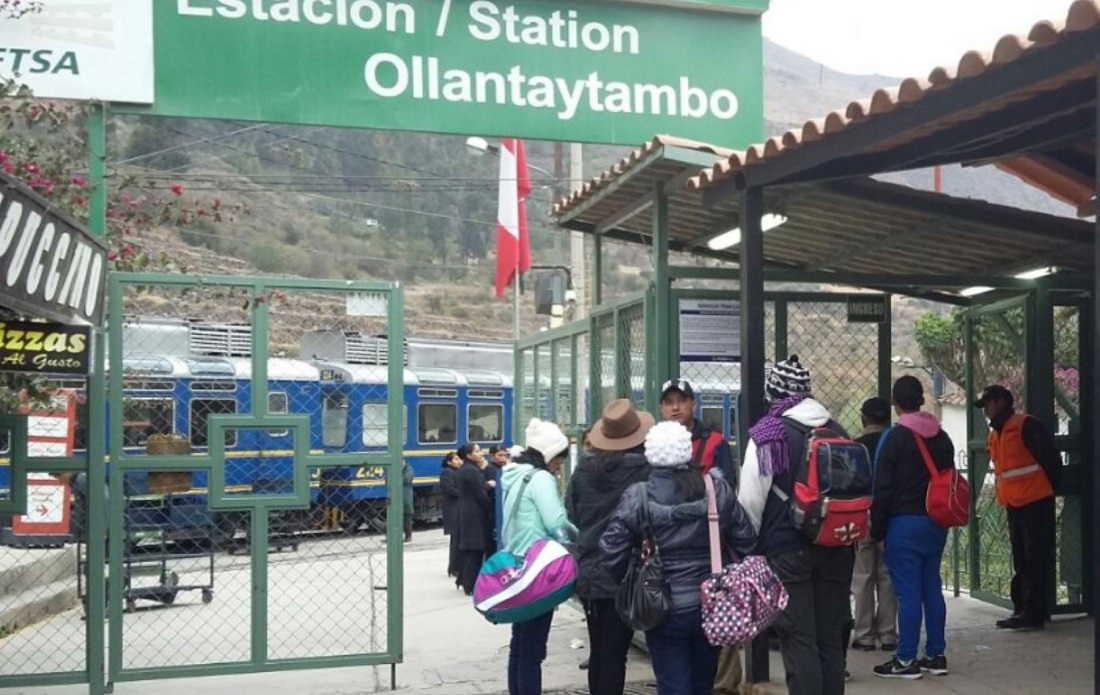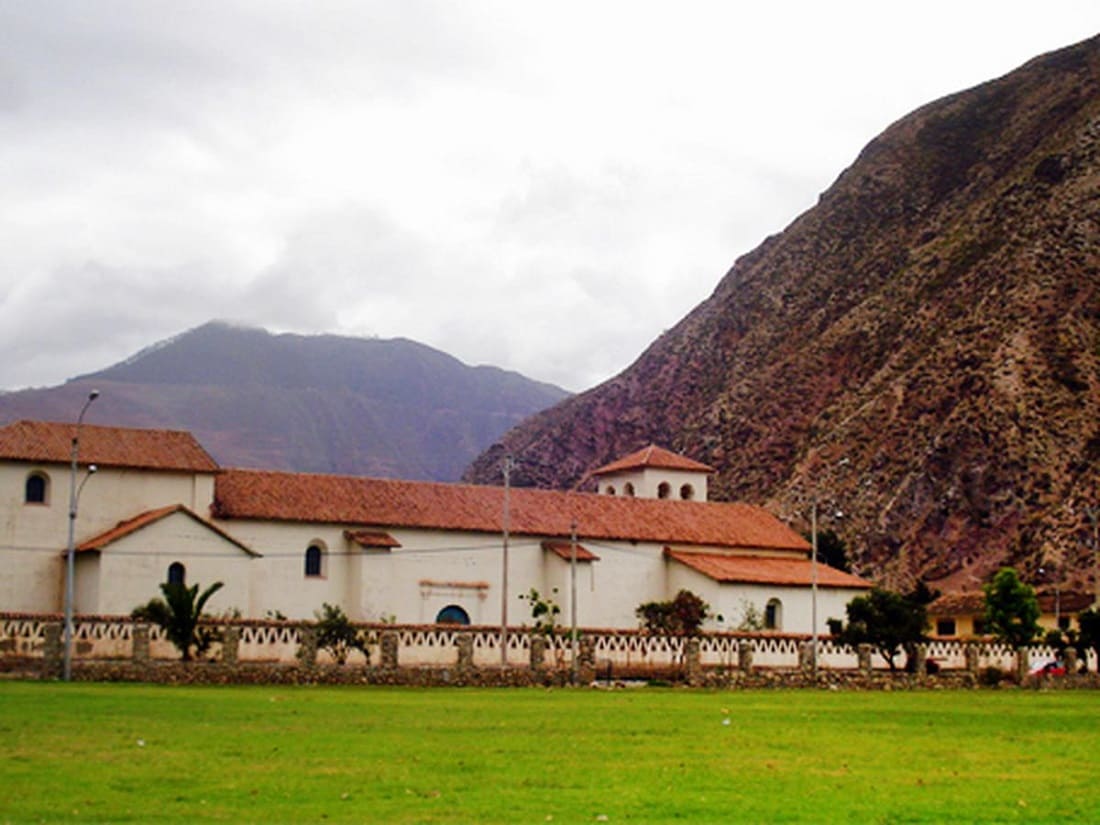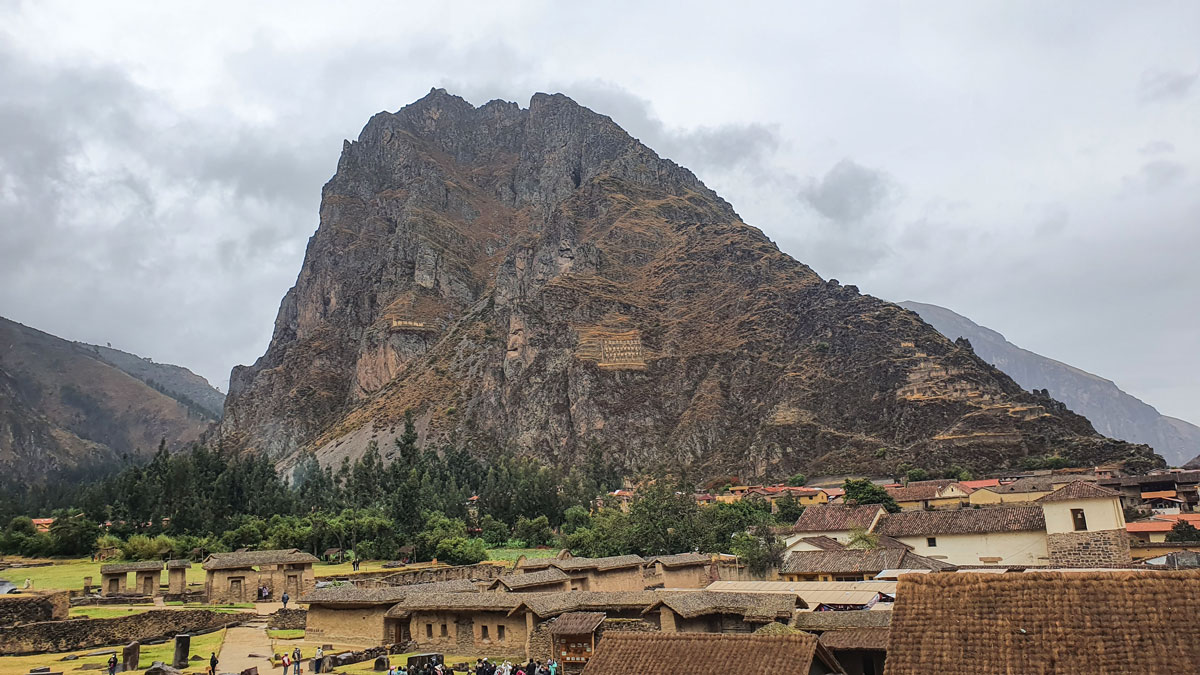
Along the Urubamba River stretches a valley full of history and unforgettable landscapes. The Incas considered it a special place, calling it Wilcamayu, "the sacred river", a name that Spanish explorers adopted to describe the entire region.
Today, the term "Sacred Valley" continues to attract the attention of those who wish to learn more about Inca culture and the settings that hold ancient secrets.
This valley, with a pleasant climate, fertile lands, and proximity to Cusco, was a favorite refuge of the Inca elite, who built residences and agricultural centers along its slopes. The traces of that civilization persist in terraces, temples, and towns scattered among mountains and cultivated fields.
Unlike Cusco, life here feels calmer, with clear skies and temperatures that allow you to enjoy each journey without as much physical effort. Many travelers, captivated by these characteristics, choose to stay for several days and use the valley as a starting point to explore the region.
Therefore, if you are interested in exploring the Sacred Valley of the Incas, join us and discover how to travel from Cusco to different points in the Sacred Valley, the available transport options, and useful tips for planning your trip.
The Sacred Valley follows the course of the Urubamba River from Pisac, located about 30 km (18 miles) northeast of Cusco, to Ollantaytambo. Beyond this point, the hills bordering the river close in on its channel, and the fertile plain shrinks, transforming into a gorge where the Urubamba descends towards the Amazon basin.
The roads between Cusco and the Sacred Valley of the Incas are in good condition, and traffic is usually light. Even so, the journey includes curves and slopes, as it descends from the mountains near Cusco to the valley.
There are several ways to make this journey:
Organized tour: A comfortable option with a guide, ideal for those looking to avoid logistical worries.
Train to Ollantaytambo: You can take a PeruRail service from Cusco to Ollantaytambo, and then continue by taxi or collective to other destinations in the valley.
Private taxi: Around USD 60–70 per trip, with the advantage of greater flexibility in schedules and stops.
Local bus: Costs between USD 2 and 3.50. Buses depart daily from Av. Grau 525 in Cusco. It is the most economical alternative, although with less comfort.

Ollantaytambo train station
Starting the tour in Pisac is an excellent choice. The town is known for its artisan market, which takes place twice a week and attracts visitors looking for textiles, ceramics, and jewelry. On Sundays, the local mass offers an atmosphere full of color and traditions.
Near the town are the ruins of Pisac, recognized for their perfectly assembled walls and their strategic location on agricultural terraces. Despite the passage of centuries, this site maintains an outstanding state of preservation.
The next recommended stop is Chinchero, considered an ancient Inca city of the valley. Here, clear skies during the rainy season often show spectacular rainbows, feeding local legends. At 3,800 meters (12,500 feet) of altitude, Chinchero is located at a higher elevation than Cusco and houses traditional weaving workshops where you can appreciate techniques inherited from past generations.
Continuing towards the heart of the valley, you will find Yucay and Urubamba, two towns that offer a quieter experience closer to the rural environment. Yucay is known for its agricultural terraces and old colonial buildings, some of which were built on Inca foundations. A short distance away, Urubamba acts as an important logistical center, with more tourist services, accommodation, and dining options. Its central location makes it a good point to spend the night and organize visits to other nearby sites.

Yucay town, Sacred Valley of the Incas
Another point of interest is Moray, an Inca construction of circular terraces that functioned as an agricultural experimentation center. Each level of these terraces creates distinct microclimates, which allowed the Incas to cultivate various plant species in controlled conditions.
Near Moray are the "Salineras de Maras", made up of hundreds of stepped salt ponds where salt has been produced since Inca times. The whiteness of the terraces contrasts with the landscape and creates a unique visual spectacle.
Finally, Ollantaytambo stands out both for its Inca architecture and for its current function as a train station to Machu Picchu. Is one of the region´s loveliest towns, with its namesake ruins high above, marks the beginning of the Inca Trail and has a rail connection to Machu Picchu. The ruins of Ollantaytambo dominate the town from above, while its streets maintain the original Inca layout, allowing visitors to observe the preservation of this town and the daily life of its inhabitants.
Another sites you must visit when travel from Cusco to Sacred Valley are Moray, the ancestor of the modern experimental agricultural station. The Inca created varying environmental zones with their enormous circular terraces; and Salineras, a centuries.old terraced Inca salt pans thet still used today.

Ollantaytambo Fortress
The valley has increasingly taken on a dual personality, depending on the time of day, day of the week, and month of the year. Blame it on Pisac and its famous three-times-weekly market. Every Cusco travel agency offers a day tour of the Sacred Valley each Tuesday, Thursday, and Sunday to coincide with the town´s market days, and they all seem to follow the same schedule: morning shopping in Pisac, buffet lunch in Urubamba, afternoon browsing in Ollantaytambo.
You can almost always sign up for one of these tours at the last minute - even early on the morning of the tour- especially if you´re here in the September-to-May off-season. However, Pisac and the rest of the Sacred Valley is relatively quiet on nonmarket days and durareg the off-season. In any case, the valley deserves more than a rushed day tour if you have the time.
To better organize your itinerary, here is an approximate reference of travel times from Cusco to different points in the Sacred Valley:
To enter the main archaeological sites of the Sacred Valley, it is necessary to acquire the Cusco Tourist Ticket (BTC), an official pass that allows entry to several monuments and museums distributed in Cusco and its surroundings.
The ticket covers admission to the following archaeological sites located in the valley:
Písac
Chinchero
Moray
Ollantaytambo
There are two main types:
General Ticket
Partial Ticket (Circuit III – Sacred Valley)
In person: at the ticket offices of the included archaeological sites, or at the main COSITUC office (Av. El Sol 103, Cusco).
Important: it cannot be purchased online or paid by card at all points of sale, so it is recommended to bring cash.